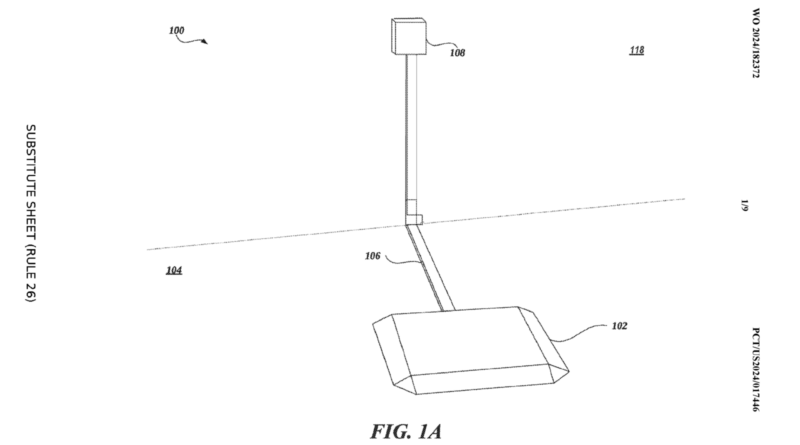New Tesla Wireless Charging Patent — May Feature At 10/10 Tesla Robotaxi Event
Tesla filed a wireless EV charging patent earlier this year that was just published by the World Intellectual Property Organization (WIPO) on September 6. This was spotted by SETI Park on X (formerly known as Twitter), and while the general concept is really nothing new, it implies that part of what Tesla is working on for robotaxis and may reveal at its upcoming robotaxi event on October 10 is a wireless charging solution for them.
When I say the general concept is really nothing new, that’s because this is still an inductive charging system (the most common type) and just a basic continuation of wireless EV charging, which I’ve been covering for more than a decade and has surely been around for much longer than that. Also, Tesla bought a wireless EV charging firm about a year ago, which I wrote about just before it happened, and we had covered that company for years prior to the acquisition. The system is similar to what another company provided for Chevy Volt drivers a decade ago. I think I first covered the company in 2011, a mere 13 years ago.
So, again, while Tesla just filed a patent that innovates on the idea in some mild way, the takeaway here is less about the patent than about Tesla’s robotaxi ambitions. But, to start with, if you want to explore the patent, it’s right here. This is the abstract: “The present disclosure relates to systems and methods for estimating one or more parameters associated with a converter to configure wireless charging settings for a wireless charging system. In some embodiments, a method includes: perturbing a first coil that is inductively coupled with a second coil; estimating one or more circuit parameters of a converter that comprises the first coil and the second coil based on the perturbing; and configuring one or more wireless charging settings of a wireless charging system based on the one or more circuit parameters, where the wireless charging system is configured to charge a battery pack of a vehicle based on wireless transfer of power between the first coil and the second coil.” Again, nothing breakthrough here, but it shows that Tesla continues to work on wireless charging.
Several years ago, Tesla was working on a “snake charger” that Elon Musk tweeted (this was long before he bought Twitter). It was thought for a long time after that, and had seemingly been the plan, that Tesla would roll out these kind of robotic chargers to charge cars, particularly robotaxis. However, it seems that idea has been dead for a while, and wireless EV charging certainly seems like the easiest, most reliable, most durable, and most logical way to charge up self-driving robotaxis.
The critical thing, still, is whether Tesla can improve its FSD (Full Self Driving) tech enough to deploy robotaxis. There are two key elements to this. The hardware and software need to be at a level where 1) Tesla would be confident enough with it to take liability out of the hands of Tesla owners and accept the liability itself, and 2) regulators would feel comfortable approving completely self-driven robotaxis on the roads those regulators are in charge of (whether that be the streets of California, Texas, Florida, Abu Dhabi, Singapore, China, or Mars).
No one knows when Tesla will get to those milestones. Tesla FSD has improved massively in the past 6 months, after not improving much at all for several years. However, I’m still unsure how much Tesla can get past “The Seesaw Problem,” which I first wrote about in 2012. Maybe it can, maybe it can’t. Recent updates to FSD have again been rolling out much more slowly than Elon Musk had forecasted earlier this year or even a few months ago. After about 8 years of vast overestimates of how fast the company will achieve robotaxi capability, it’s impossible to know when Elon Musk and Tesla might be on the home stretch versus treading water. We’ll see. In the meantime, you can watch a video of my latest testing of FSD version 12.5 with David Havasi here:

Chip in a few dollars a month to help support independent cleantech coverage that helps to accelerate the cleantech revolution!
Have a tip for CleanTechnica? Want to advertise? Want to suggest a guest for our CleanTech Talk podcast? Contact us here.
Sign up for our daily newsletter for 15 new cleantech stories a day. Or sign up for our weekly one if daily is too frequent.
CleanTechnica uses affiliate links. See our policy here.
CleanTechnica's Comment Policy

